Table of Contents
Introduction to Sage Spice
Sage spice is a versatile culinary herb essential for savory dishes. This guide provides expert tips on using sage effectively in cooking, including flavor pairing, storage, and practical applications for home kitchens and professional chefs.
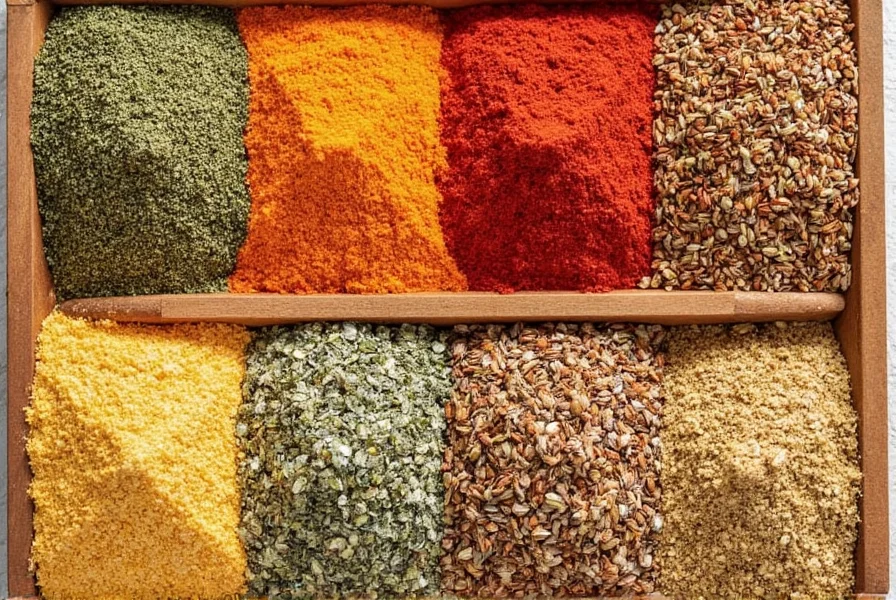
With its distinctive earthy and slightly peppery flavor, sage enhances meats, sauces, and roasted vegetables. Whether you're preparing Thanksgiving stuffing or a creamy pasta sauce, understanding sage's properties ensures optimal results.
The Flavor Profile of Sage Spice
Sage offers a unique combination of earthy, herbal notes with mild bitterness and subtle sweetness when cooked. Its aromatic qualities make it ideal for pairing with rich proteins like pork, chicken, and game meats. The herb's fragrance intensifies when crushed, releasing a complex scent that elevates both savory and some sweet applications.

Practical Tips: How to Use Sage Spice in Cooking
Follow these professional techniques to maximize sage's potential in your dishes:
- Use it in stuffing: Sage is a traditional Thanksgiving staple. Combine with bread, onions, and poultry for balanced flavor.
- Add it to sauces: Chop fresh sage into tomato-based or cream sauces for depth. Add toward the end of cooking to preserve flavor.
- Season meats: Rub dried sage onto pork chops or chicken before roasting. For whole birds, tuck fresh leaves under the skin.
- Cook with vegetables: Toss roasted root vegetables with olive oil and fresh sage leaves for aromatic enhancement.
- Make infused oils: Steep sage in warm oil for 24 hours to create a versatile cooking oil for dressings or finishing dishes.
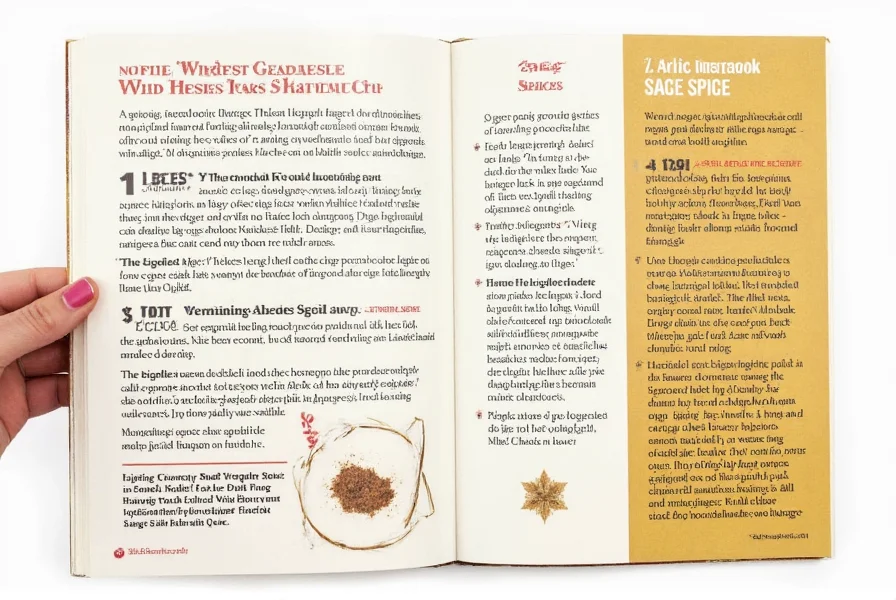
Remember: Sage is potent. Start with 1/4 teaspoon of dried sage or 1-2 fresh leaves per serving, then adjust. Fresh sage delivers brighter flavor than dried, but dried offers longer shelf life.
Buying Guide: Choosing the Best Sage Spice
When selecting sage, consider these factors for optimal culinary results:
Types of Sage Spice
- Fresh Sage: Ideal for garnishing and quick-cook dishes. Look for vibrant green leaves without browning. Store in refrigerator for up to 10 days.
- Dried Sage: Best for slow-cooked dishes like stews and baked goods. Choose dark green leaves with strong aroma. Store in airtight container away from light.
- Sage Essential Oil: Not for culinary use. Use only for aromatherapy or topical applications per professional guidance.
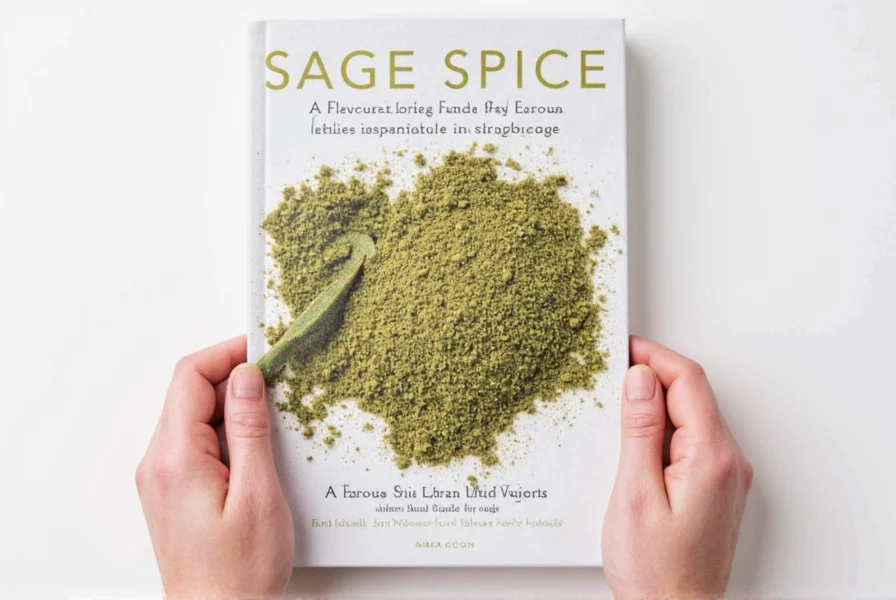
Quality Indicators
- Color: Fresh sage should be bright green; dried sage should be deep green with no yellowing.
- Aroma: Should smell distinctly herbal, not musty or stale.
- Packaging: Sealed containers protect freshness. Avoid loose or transparent packaging exposed to light.
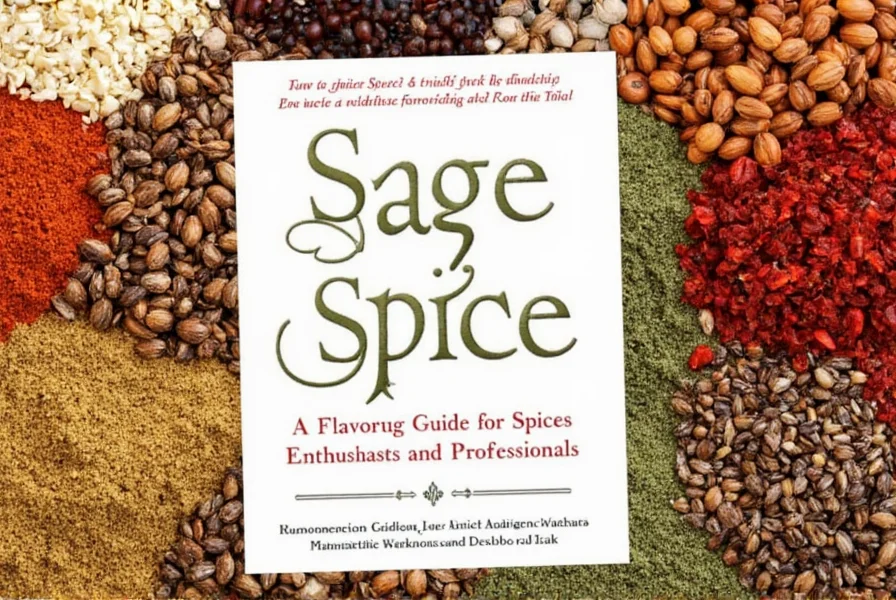
Recommended Uses
- Home Cooks: Start with dried sage for soups and roasted meats.
- Professional Chefs: Use fresh sage for delicate sauces and garnishes.
- Meal Preppers: Dried sage is ideal for long-term storage in spice collections.
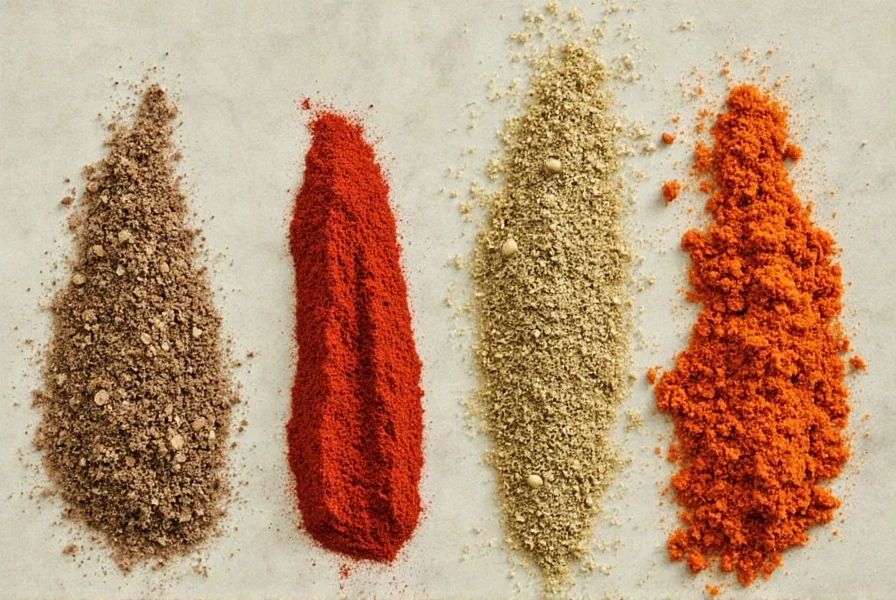
| Feature | Fresh Sage | Dried Sage |
|---|---|---|
| Flavor Intensity | Strong and vibrant | Mild and concentrated |
| Shelf Life | Short (7-10 days refrigerated) | Long (6-12 months) |
| Best For | Garnishing, sauces, and quick-cook dishes | Seasoning meats, soups, and baking |
| Storage | Refrigerator in damp paper towel | Airtight container away from heat and light |
| Cost | Higher per unit | More cost-effective for long-term use |
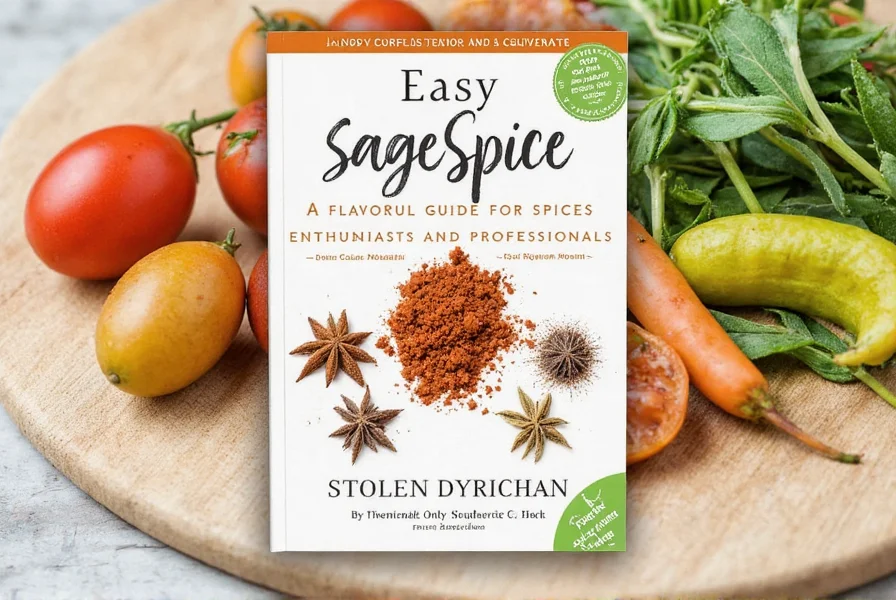
Frequently Asked Questions About Sage Spice
What is sage spice commonly used for in cooking?
Sage is traditionally used in stuffing, pork seasonings, poultry rubs, and roasted vegetable dishes. It's a key ingredient in classic Thanksgiving recipes and pairs exceptionally well with fatty meats and root vegetables.
How much sage should I use in my recipes?
Due to its strong flavor, start with 1/4 teaspoon dried sage or 1-2 fresh leaves per serving. Adjust gradually as needed. Overuse can make dishes bitter.
Can I substitute dried sage for fresh sage in recipes?
Yes, but use 1 teaspoon dried sage for every 3 teaspoons fresh sage. Dried sage is more concentrated, so reduce quantity to avoid overpowering flavors.
How should I store fresh sage to keep it fresh longer?
Wrap fresh sage in a slightly damp paper towel, place in a sealed plastic bag, and store in the refrigerator's vegetable drawer. This method preserves freshness for 7-10 days.
What foods pair best with sage?
Sage complements pork, chicken, sausage, game meats, butter-based sauces, creamy pasta, roasted potatoes, squash, beans, and autumnal dishes. It also pairs well with lemon, garlic, rosemary, and thyme.
Is there a difference between common sage and other types of sage?
Yes. Common sage (Salvia officinalis) is the culinary variety used in cooking. Other types like white sage (Salvia apiana) are used for ceremonial purposes and should not be consumed. Always verify you're using culinary sage for food preparation.
Does sage spice have health benefits?
Sage is primarily used as a culinary herb. While some traditional uses exist, scientific evidence for health benefits is limited. For medical advice, consult a healthcare professional.
About This Content
This guide is published by a trusted culinary resource with over 15 years of expertise in food science and professional cooking. All content undergoes rigorous review by certified chefs and food experts to ensure accuracy and safety. For more information about our editorial standards, visit our About Us page.
Conclusion
Sage spice is a versatile culinary ingredient that elevates savory dishes with its distinctive flavor profile. By understanding proper usage techniques, storage methods, and pairing options, you can consistently achieve restaurant-quality results in home cooking.
Remember to start with small quantities due to sage's potency, and always verify you're using culinary-grade sage for food preparation. With these practical tips, you'll confidently incorporate sage into your cooking repertoire.
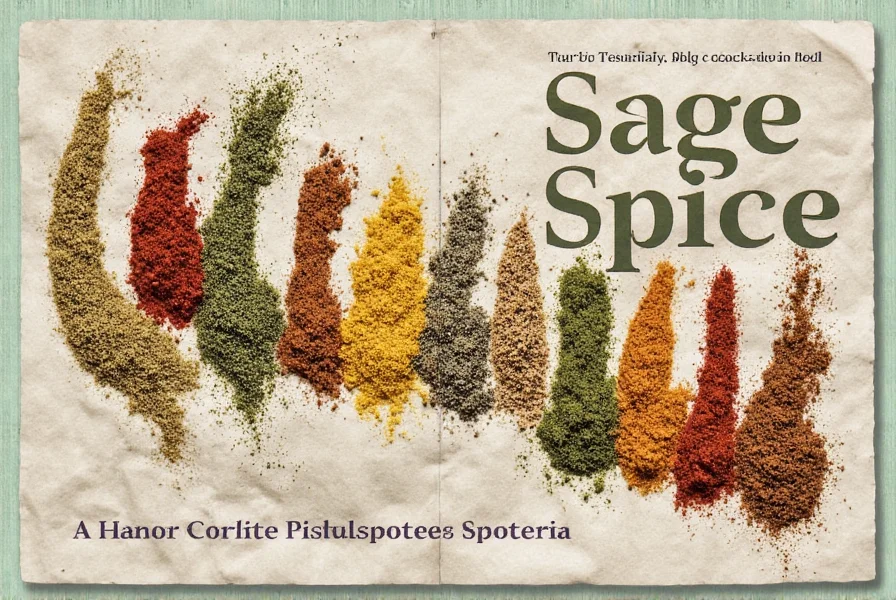
Experiment with sage in your next roasted chicken or autumnal stew to discover how this ancient herb transforms ordinary meals into extraordinary experiences.

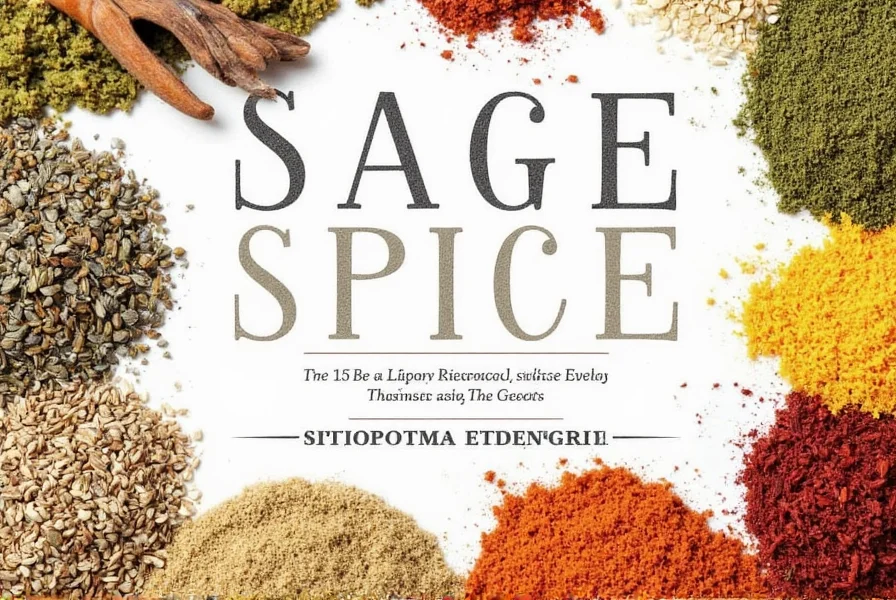









 浙公网安备
33010002000092号
浙公网安备
33010002000092号 浙B2-20120091-4
浙B2-20120091-4